Title: Hindus in Hindu Rashtra — Eighth-Class Citizens and Victims of State-Sanctioned Apartheid
Author: Anand Ranganathan
Year: 2023
Pages: 135
Price: Rs. 399
Publisher: Blu One Ink LLP, India
By R. Chandra Prakash
Every news media today buzzes with two words — Ayodhya and Ram Temple. The occasion is the construction and the inauguration of Ram Temple at Ayodhya after several centuries of wait. A second Deepavali was celebrated on Jan. 22, 2024.
It looks as if Sanatana Dharma’s Hinduism is in a celebratory mood. And the nation seems to be straining to transit from India to Bharat. And to its Sanatana roots. The reasons for this are not far to search.
Sanatana Dharma has undergone more than millennia of Islamic colonialism leaving indelible marks on its socio-political canvas. The impact was such that an entirely new and competing race and culture got evolved and became part of this land. Then came nearly three-plus centuries’ of British and other European colonialism of this land of Sanatana Dharma.
By 1947, when the country got its independence, the British had permanently impacted both Hindu and Islamic cultural moorings. Even after that long period of foreign rule and the division of the country on religious grounds, the basic cultural roots of Hinduism survived, which is certainly a miracle. That indicates the intrinsic dynamism of Sanatana Dharma.
However, the time lapse since independence and the new socio-political world order seems to have overshadowed the pains and sacrifices of the partition of the country. It is a truism that today’s vested interests have converted the Indian Muslims into a phenomenal political group. Further, the Indian National Congress (INC) party, which has ruled the country for 60-plus years of the post-independence period, has been accused of being inimical to Hinduism and favouring Muslims as a minority. In the process, INC has lost its all-India stature and is in politics at the national level only with crutches of the regional parties.
Despite being a large majority group, Hinduism is at a crossroads in national politics. After 75 years of independence, the Hindus are getting divided on caste and sub-caste lines by the political parties. Many Opposition parties are promising caste-based census if elected to power.
Therefore, when for the first time the Bharatiya Janata Party (BJP) was voted in 2014 to power at the Centre as well as in several States with a thumping majority of its own, it was assumed that people preferred this party because it would protect Hinduism. And its return at the Centre in 2019 with a bigger majority only redoubled such expectations.
But as the parties go into the 2024 Lok Sabha elections, if there seems to be a chasm between the perception and the performance of the BJP, then, for the INC and other political (mostly dynastic) parties, it is a matter of survival. That puts the Ayodhya and Ram Temple at the centre stage of the political scenario coupled with the resultant social euphoria and political confusion.
Left-liberal historians have given way to Bharat-centric writers since 2014. Accordingly, new literature has emerged evaluating and narrating the changing socio-political matrix in the country as a logical outcome of these upheavals. Anand Ranganathan’s work happens to be one such book.
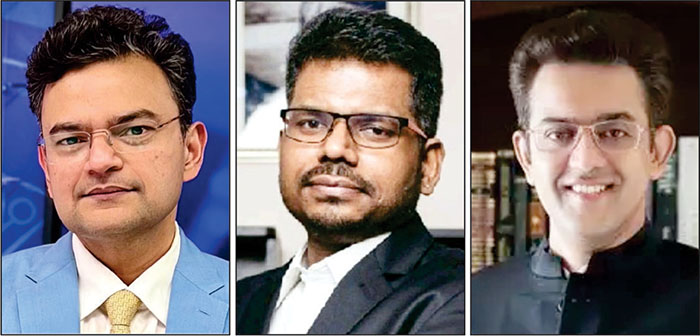
State-sponsored Apartheid
Anand Ranganathan, in his book ‘Hindus in Hindu Rashtra — Eighth-Class Citizens and Victims of State-Sanctioned Apartheid’ tries to explain how Hindus were short-changed by Mahatma Gandhi. And after independence how the INC practised minority appeasement at the blatant cost of the Hindus, who constitute a majority in the country.
The author does not spare even the BJP Government whose policies he finds no different from that of INC, even though it is considered to be or accused of being a Hindu party. Ranganathan is of the opinion that the policies are not appeasement of minorities, but it is an issue of Apartheid. A State-sponsored, State-sanctioned discrimination against a particular community, that is the Hindus.
Fake secularism
Ranganathan is amply clear that secularism stands for total separation of religion and State. He opines that there are half a dozen Articles and Amendments and Directive Principles in our Constitution that make it a plural, ‘not secular nation.’ It was during the Emergency that Prime Minister Indira Gandhi inserted the word secular in our preamble, whereas it was absent from Dr. B.R. Ambedkar’s Constitution!
As per the author, it is ironic that all legal efforts are made to declare Bharat as a secular State and at the same time the Governments of 10 States control more than 1,10,000 Hindu temples. Tamil Nadu Government controls 36,425 temples and 56 mutts, and its Temple Trust owns 4,78,000 acres of temple land.
The situation is no different in Communist-ruled Kerala. It has five Devaswom Boards — Travancore, Guruvayur, Cochin, Malabar and Koodalmanikyam with 3,058 temples under their control! And the State takes pride in appointing non-Hindus to the Boards of the temples. And most of the time Governments do not respect Hindu religious norms in appointing priests and in the performance of various temple-centric worship rituals. Rather, they take pride in the socialist/liberal/secular garb to intentionally appoint people from non-Hindu religions.
Interestingly, none of these Governments will dare follow similar ‘liberal’ practices when it comes to Islamic and Christian religious places. Ranganathan wonders what sort of distorted secularism is this. He further questions when the BJP has been in power at the Centre since 2014, why is that it has not taken any steps to either remove such a ‘secular policy’ or even tried to liberate the Hindu temples from the wrongful control of the State, which Constitutionally claims to be secular?
The author elaborately examines the provisions of several other legislations which have adversely affected the religious interests of the majority Hindu population of Bharat to prove that our secularism is fake and one-sided.
Case of Kashmiri Hindus
Kashmir was originally inhabited by the Hindus, as is evident from the existence of Sharada Peeth and several other religious institutions of great importance to the Hindus. However, over a period this land was inhabited by the followers of Islam. But soon after independence, Kashmir became a political and communal hotbed. The cause was the insertion of provisions of Article 370 and 35A which provide Special Status to this State.
In keeping with its promise, BJP removed the infamous Articles 370 and 35A and took tough steps to stem the religious and political terrorism.
An open sky awaits Hinduism
The author thinks that the judiciary, almost exclusively, is trying to reform Hinduism.
There are cases like Sabarimala, where the Court vetoed the discrimination, even though similar discrimination is found in other religions.
Ranganathan is right as he writes, “A progressive, secular State that, correctly, removes discriminatory practices from the Hindu religion but cowers behind a lamp-post like a wet cat when it comes to removing discriminatory practices from other religions, is not a progressive, secular State — it is a scared State.”
He is afraid that selectivism against only Hindu festivals and religious practices will soon result in a scenario where the Hindus begin to dislike their traditions. From there, the road to self-loathing is but a few yards away and we know where that road leads to — forsaking Hinduism itself and accepting another religion. “The camel has sneaked into the tent. An open sky awaits,” concludes he with a stunning bang.
The author and the book
Anand Ranganathan is a well-known figure in primetime television debates. So are his frank and forthright views which are supported by a cannonade of facts. He is a well-read and a decent debater. Even though, he is a Professor of Molecular Medicine, his knowledge of literature, religion, sociology and politics is astounding. In short, Ranganathan is a rare scientist-academician and a nationalist to the core.
The book under review is only 135 pages. But contains a lot of explosive narratives in eight chapters. A foreword by Sai Deepak; opinions of Meenakshi Jain, the historian and Vishnu Jain, the lawyer and a Hindu rights activist; and a three-page Afterword by Dr. Vikram Sampath, a historian, and a Fellow of the Royal Historical Society, make this book a credible starting point to understand the predicament of Hindus in a Hindu Rashtra today.



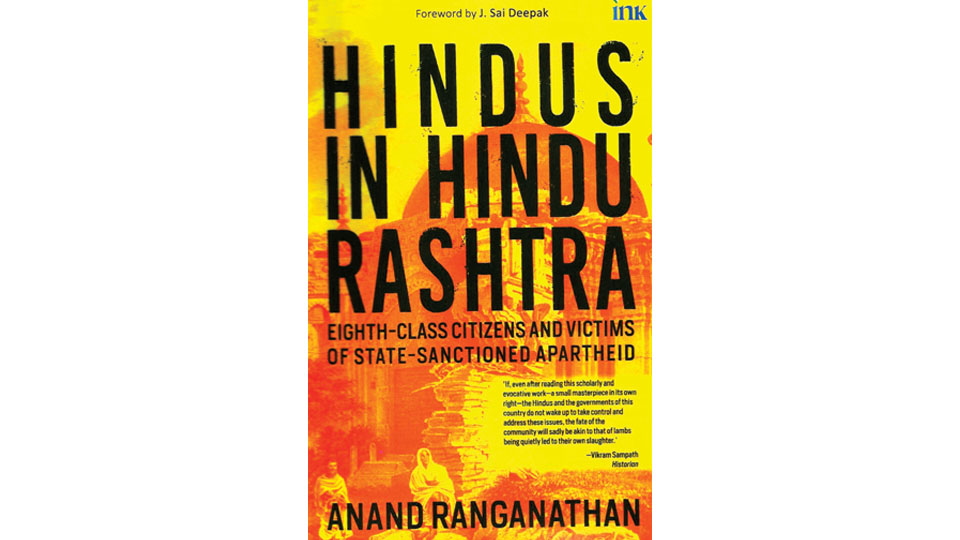

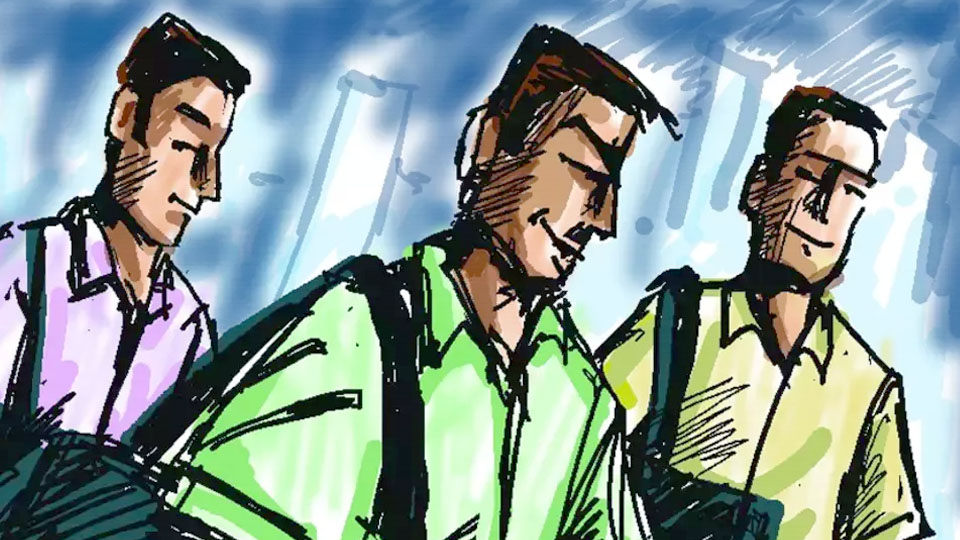
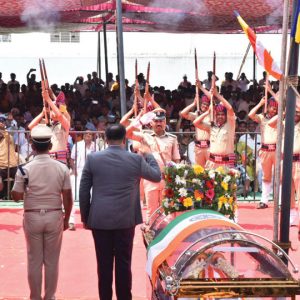
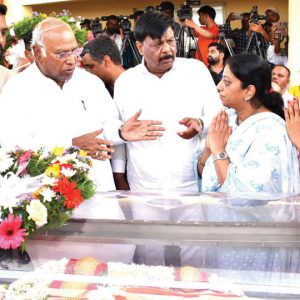
Recent Comments